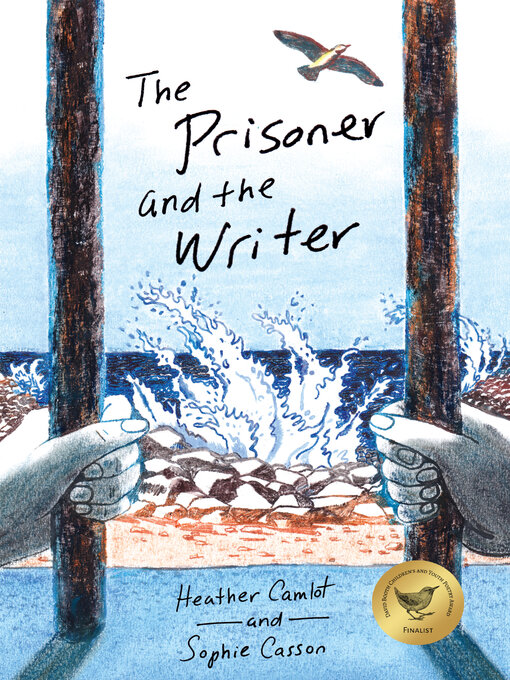Winner, Canadian Jewish Literary Awards Best Children's Book
When a Jewish army captain is falsely accused of treason and sent to prison, a writer uses his pen to fight for justice.
In 1895 a prisoner watches the ocean through the bars of his cell. Accused of betraying France, Captain Alfred Dreyfus is exiled to a prison on Devil's Island, far from his wife and children. It's a horrible fate — but what if he's innocent?
Seven thousand miles away, the famous writer Emile Zola wonders: Is Alfred a traitor to France? Or a victim of antisemitism? Convinced that Alfred is innocent, Emile knows that it is his DUTY to help. He pens the famous letter "J'Accuse ...!", explaining that Alfred was blamed, charged, tried and convicted ... only because he is Jewish.
This powerful middle-grade story written in verse with full-page illustrations is told from the perspectives of both Alfred Dreyfus and Emile Zola, two men whose courage changed the world. The true story of the Dreyfus Affair, published in time for the 125th anniversary of "J'Accuse ...!", acts as a reminder that a person committed to truth, justice and equality must stand up and speak out against prejudice for themselves — and for others. Includes an author's note and further historical context.
Key Text Features
author's note
illustrations
sources
references
informational note
historical context
historical note
further information
afterword
headings
Correlates to the Common Core State Standards in English Language Arts:
CCSS.ELA-LITERACY.RL.4.3
Describe in depth a character, setting, or event in a story or drama, drawing on specific details in the text (e.g., a character's thoughts, words, or actions).
CCSS.ELA-LITERACY.RL.5.3
Compare and contrast two or more characters, settings, or events in a story or drama, drawing on specific details in the text (e.g., how characters interact).
CCSS.ELA-LITERACY.RL.5.7
Analyze how visual and multimedia elements contribute to the meaning, tone, or beauty of a text (e.g., graphic novel, multimedia presentation of fiction, folktale, myth, poem).

